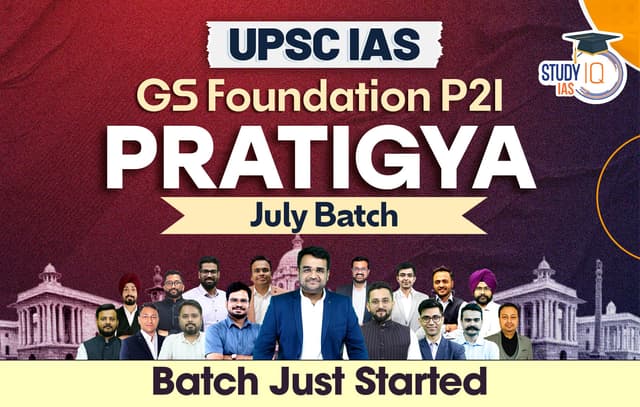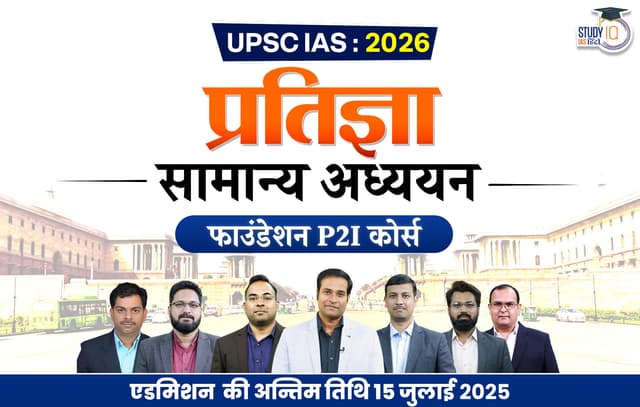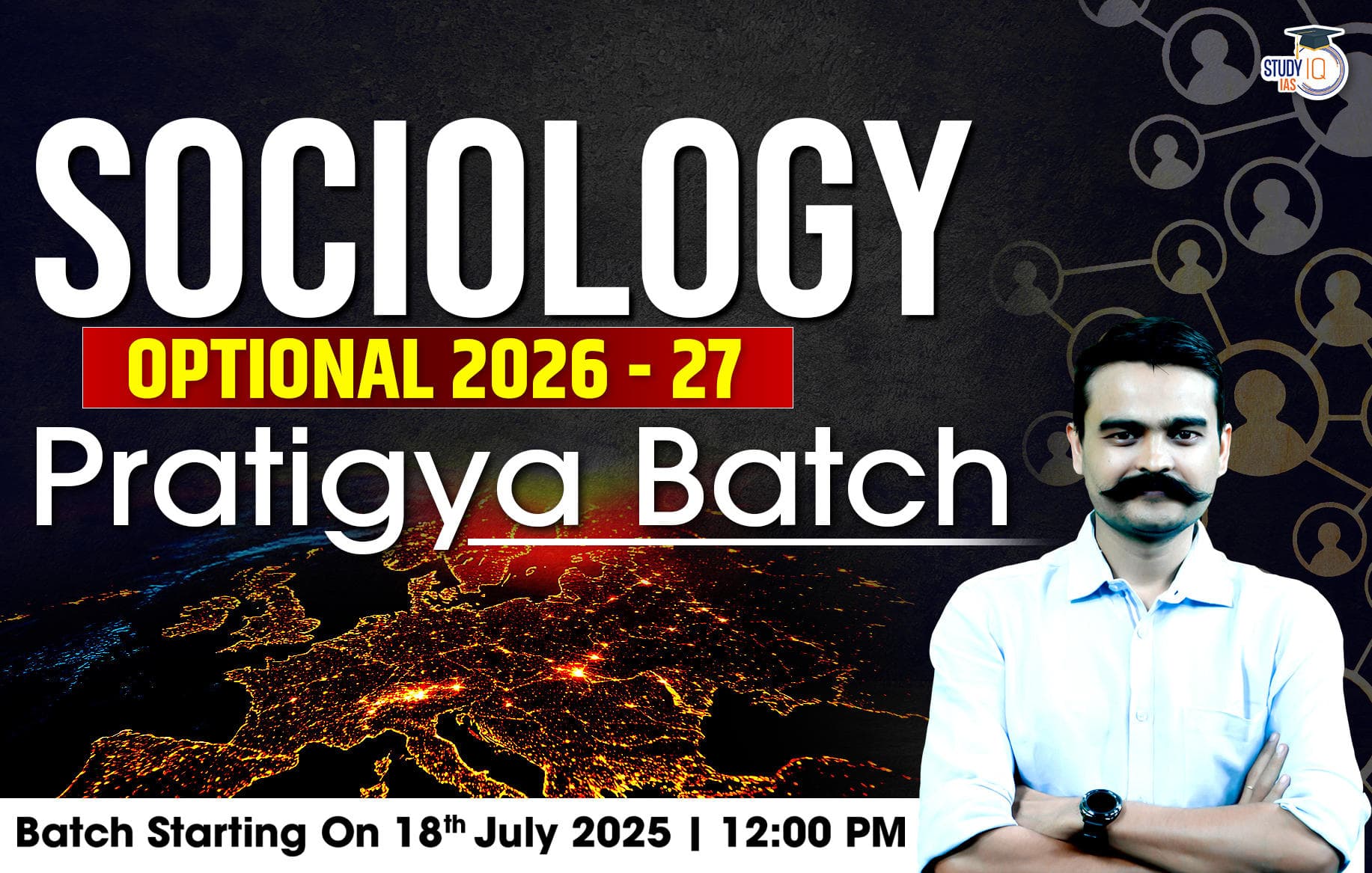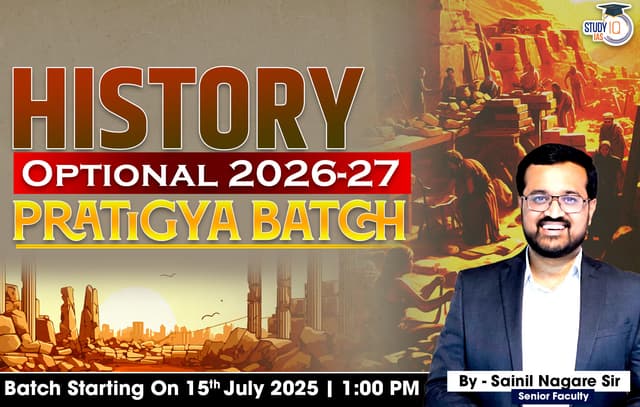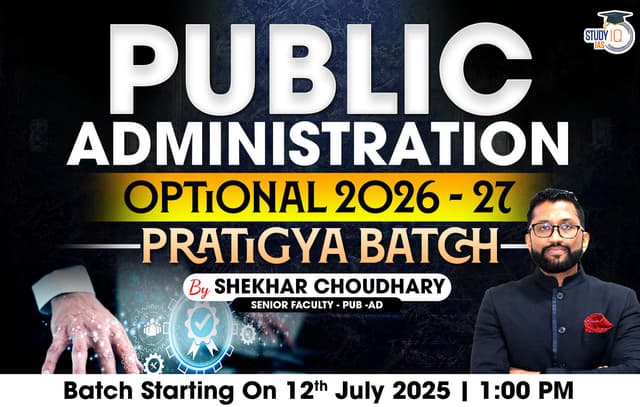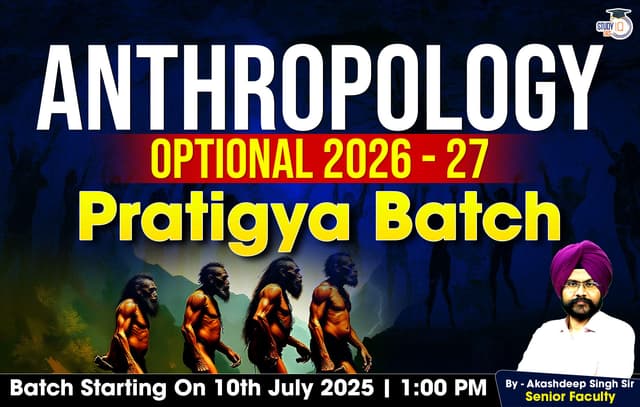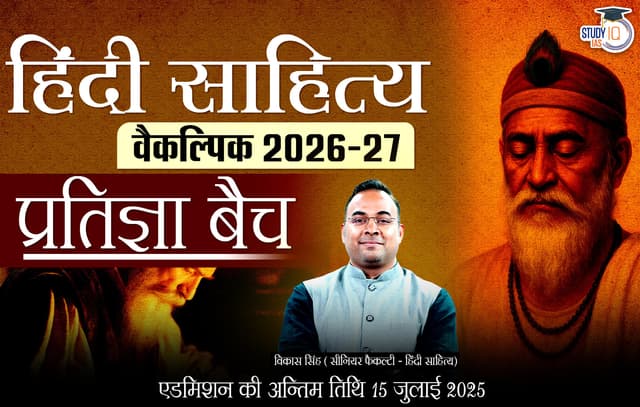Table of Contents
Particularly Vulnerable Tribal Groups (PVTGs)
- Particularly Vulnerable Tribal Groups (PVTGs) are characterised by primitive traits, geographical isolation, low literacy levels, stagnant or declining population growth, and a reliance on hunting and pre-agricultural technology.
- Among the STs, there are certain groups which have declining or stagnant members, a low level of literacy, a pre-agricultural level of technology and are economically backwards. Unlike STs, PVTGs are not mentioned in the constitution. Hence, it is not a constitutional or statutory classification.
- PVTGs were earlier known as Primitive Tribal Groups (PTGs). The Dhebar Commission (1960) recommended the identification of Primitive Tribal Groups. Originating from the Dhebar Commission (1973), the Tribal Panchsheel Committee proposed the classification of Primitive Tribal Groups (PTGs).
- The Central Government identified 52 tribes as PTGs in 1975 and expanded this to include 23 more in 1993.
- Primitive Tribal Group category was renamed as Particularly Vulnerable Tribal Groups (PVTGs) in 2006.
Current Status of Particularly Vulnerable Tribal Groups (PVTGs)
- Presently, there are approximately 8 million individuals from 75 PVTG tribes across 22,544 villages in 220 districts spanning 18 states and the UT of Andaman & Nicobar Islands.
- Odisha has the largest number of communities which are recognised as PVTGs at 13. As per the 2011 Census, Odisha has the highest PVTG population (866,000), followed by Madhya Pradesh (609,000) and Andhra Pradesh (including Telangana) with 539,000.
- The Saura community of Odisha is the largest PVTG, numbering around 535,000.
Criteria for the determination of Particularly Vulnerable Tribal Groups (PVTGs)
- Pre-agricultural level of technology
- Stagnant or declining population
- Low literacy
- Subsistence level of economy
We’re now on WhatsApp. Click to Join
State-wise List of Particularly Vulnerable Tribal Groups (PVTGs) Tribes
| State | Tribes Name |
| Andhra Pradesh (Including Telangana) |
|
| Bihar (including Jharkhand) |
|
| Gujarat |
|
| Karnataka |
|
| Kerala |
|
| Madhya Pradesh (including Chhattisgarh) |
|
| Maharashtra |
|
| Manipur |
|
| Odisha (Highest number of PVTG groups) |
|
| Rajasthan |
|
| Tamil Nadu |
|
| Tripura |
|
| Uttar Pradesh (Including Uttarakhand) |
|
| West Bengal |
|
| Andaman & Nicobar Islands |
|
Also Read: Scheme of Development of Particularly Vulnerable Tribal Groups
PM-JANMAN Scheme
- PM-JANMAN stands for Pradhan Mantri Janjati Adivasi Nyaya Maha Abhiyan.
- Launched by the Ministry of Tribal Affairs.
- Aims to saturate PVTG households and habitations with basic facilities. The focus is on 11 critical interventions to cover all the eligible PVTG beneficiaries/PVTG villages & habitations based on existing gaps being captured through the mobile app.
- Financing: Rs 24,000
- 11 critical interventions are their line ministries:
- Provision of Pucca houses – Ministry of Rural Development.
- Connecting roads – Ministry of Rural Development.
- Mobile Medical Units – Ministry of Health & Family Welfare
- Piped Water Supply & Community Water Supply – Ministry of Jal Shakti
- Construction & running of Anganwadi Centres – Ministry of Women and Child Development
- Construction & running of hostels – Ministry of Education
- Setting up of Van Dhan Vikas Kendras (VDVKs) – Ministry of Tribal Affairs
- Multipurpose Centres – Ministry of Tribal Affairs
- Energisation of unelectrified habitations; Solar lighting in Streets, Provision of 0.3 kW solar off-grid system – Ministry of Power
- Installation of mobile towers – Ministry of Communications
- Vocational Education & Skilling – Ministry of Education.
About Constitution (Scheduled Tribes) Order Amendment Bill, 2024
- The Constitution (Scheduled Tribes) Order (Amendment) Bill, 2024 is a legislative proposal aimed at modifying the list of Scheduled Tribes (STs) for the state of Andhra Pradesh.
- Inclusion of Tribes:
- Porja, Bondo Porja, Khond Porja, Parangiperja.
- Savaras, Kapu Savaras, Maliya Savaras, Konda Savaras, Khutto Savaras.
- Implications: Being recognised as a Scheduled Tribe confers certain legal and social benefits, including reservations in education and government jobs, and special development initiatives aimed at improving the socio-economic conditions of these communities.
Constitution (Scheduled Castes and Scheduled Tribes) Order Amendment Bill, 2024
The Constitution (Scheduled Castes and Scheduled Tribes) Orders (Amendment) Bill, 2024, aims to revise the list of Scheduled Castes (SCs) and Scheduled Tribes (STs) for the state of Odisha.
- Name Change: The bill proposes to change the name from “Orissa” to “Odisha” in the relevant parts of the Constitution (Scheduled Tribes) Order, 1950.
- Rationale: The bill is driven by the need to accurately represent the diverse tribal communities within Odisha, recognising the distinct identities and cultural nuances of each group.
- Scheduled Castes Adjustments: The bill also proposes to remove certain communities from the SC list and include them in the ST list, specifically under the “Bhumij” entry, to reflect their tribal status more accurately.
- Phonetic Variations: The inclusion of phonetic variations acknowledges the linguistic diversity within tribal communities, ensuring that all members are recognised under the ST category.
| PYQ |
Q. Consider the following statements about Particularly Vulnerable Tribal Groups (PVTGs) in India:
Which of the statements given above are correct? (2019) (a) 1, 2 and 3 (b) 2, 3 and 4 (c) 1, 2 and 4 (d) 1, 3 and 4 Answer: Option (c) |


 Custodial Deaths in India, Types, Issues...
Custodial Deaths in India, Types, Issues...
 Maternal Care in India, Challenges and G...
Maternal Care in India, Challenges and G...
 Maternity Benefit Act 1961, Applicabilit...
Maternity Benefit Act 1961, Applicabilit...

